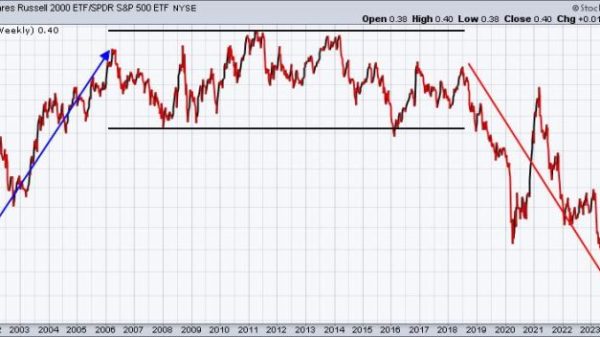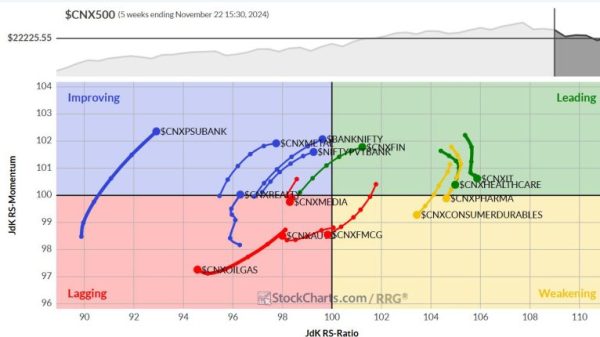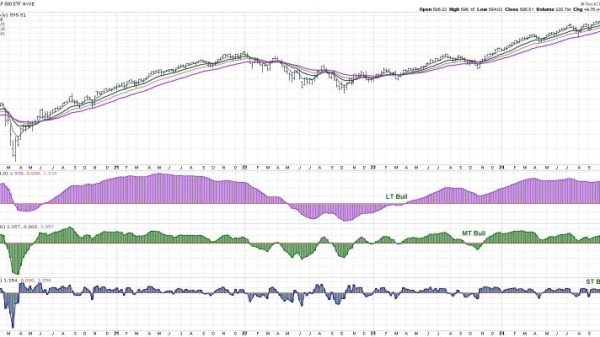Genetics is the study of genes, their variations and hereditary characteristics, as well as how these traits are passed on through generations. So what is genetics investing?
When it comes to genetics investing, companies in this niche of the life science sector are mostly focused on four areas: DNA sequencing, genetic testing, gene therapy and genomics, which includes genome editing.
Additionally, there are several major branches that make up the genetics tree: classical genetics, molecular genetics and evolutionary genetics. There are various other subcategories within those branches, all of which include genetics companies that market participants can invest in.
What are the key branches of the genetics sector?
Before diving into investment opportunities in the genetics market, it’s important to understand the industry and the four key areas mentioned above. They are defined as follows:
Genetic testing: The US National Library of Medicine defines genetic testing as testing that pinpoints changes in chromosomes, genes and proteins in order to diagnose a genetic disorder. There are thousands of genetic tests available, such as molecular genetic tests, chromosomal genetic tests and biochemical genetic tests.Gene therapy: Gene therapy is an approach that uses a person’s genes to treat or prevent diseases. There are several different types of gene therapy, such as replacing a mutated, disease-causing gene with a healthy version of the gene, getting rid of a mutated gene that isn’t working properly and even introducing a new gene into the body to fight off diseases.Genomics: Genomics is the overarching study of all of a person’s genes. It includes how those genes interact both with one another and with a person’s environment. Genome editing purposefully alters the DNA sequencing of a living cell.
How big is the genetics market?
The DNA sequencing market is a rapidly growing industry. According to Precedence Research, the sector is projected to reach a whopping US$37.99 billion in value by 2032.
The firm states that the market for DNA sequencing is being driven by technological advances, the increasing prevalence of cancer and rising demand for precision medicine, as well as higher investment in research and development. DNA sequencing has become a vital component of this growth and has played a key role in remodeling molecular biology and genomics research.
“The fast development of DNA sequencing technology is providing scientists with the capability to generate information about genetic variation and outlines of gene expression on an unparalleled scale,” the report explains.
Genetic testing is another segment of the genetics industry that is growing at a fast pace. Unsurprisingly, technology has had a huge impact on genetic testing, and so has the fact that governments and regulatory bodies are turning their attention to this market in order to regulate and raise awareness.
A Global Market Insights report estimates that the genetic testing market will reach US$43 billion by 2032, fueled by an increase in the use of genetic testing for diseases such as cancer, cystic fibrosis and sickle cell anemia.
In the pharmaceutical sector, gene therapy is one of the more advanced treatment options, and gene therapy pipeline candidates are robust in late-stage clinical trials.
By 2030, Grandview Research estimates that the gene therapy market will be worth US$29.47 billion, growing at a compound annual growth rate (CAGR) of 19.1 percent from 2023 to 2030. The report attributes growth in this sector to increasing clinical trials for advanced cancer therapeutics to address the lack of effective treatments.
Finally, the global genomics market is seen reaching US$83.1 billion by 2028, achieving a CAGR of 12.4 percent from 2023 to 2028. As Markets and Markets notes, ‘the market is mainly driven by falling prices of sequencing technologies and initiatives by governments in various countries focusing on the use of genomics in personalized medicine.’
Biotech and pharmaceutical companies are also expressing interest in this sector, which is expected to further fuel genomics’ growth in the coming years.
How to invest in genetics stocks and ETFs?
For those looking to dive into the genetics sector, there are a wide range of investment opportunities to consider. Investing in stocks is the most common route, but there are risks due to the market’s volatility, especially when it comes to wins or losses with the US Food and Drug Administration (FDA).
Exchange-traded funds (ETFs) are another popular option for gaining exposure to the industry, and come with less risk than investing in a single stock. Here’s a look at stocks and ETFs to consider.
Genetics investing: Stocks
There are a number of large-cap companies for those looking for genetics behemoths. The list includes major players like Amgen (NASDAQ:AMGN), Novo Nordisk (NYSE:NVO) and Regeneron Pharmaceuticals (NASDAQ:REGN).
When it comes to genetic testing, there are several key stock options, including Exact Sciences (NASDAQ:EXAS), Bio-Techne (NASDAQ:TECH) and Hologic (NASDAQ:HOLX).
Gene therapy stocks are also a popular choice for genetics investing. These include companies like Novartis (NYSE:NVS), Gilead Sciences (NASDAQ:GILD) and UniQure (NASDAQ:QURE).
Some options for genomic stocks have already been mentioned, but Sarepta Therapeutics (NASDAQ:SRPT) and Veracyte (NASDAQ:VCYT) are also companies to consider.
Genetics investing: ETFs
For those who would prefer to invest in the genetics industry overall rather than an individual stock, ETFs are the way to go. Examples of genetics ETFs on the market include:
What’s the outlook for the genetics industry?
In terms of what will — and already has — disrupted the genetics industry, CRISPR technology has been on the rise for quite some time. It uses short repeating DNA sequences with “spacers” dividing them to treat genetic diseases.
There are a range of clinical trials underway involving CRISPR technology. “It’s a whole new era of medicine,’ Daniel Anderson, a biomedical engineer at the Massachusetts Institute of Technology in Cambridge, remarked in mid-2021.
CRISPR technology may be in its early stages, but in the coming years it’s expected to have a big impact on how genetic diseases are treated. BCC Research reports that this segment was worth US$3.3 billion in 2022 and is expected to increase by a CAGR of 22.3 percent between 2022 and 2027 to reach US$9.2 billion.
As can be seen, the genetics industry is vast and complex, but is also ripe with investment opportunities.
Securities Disclosure: I, Melissa Pistilli, hold no direct investment interest in any company mentioned in this article.





























